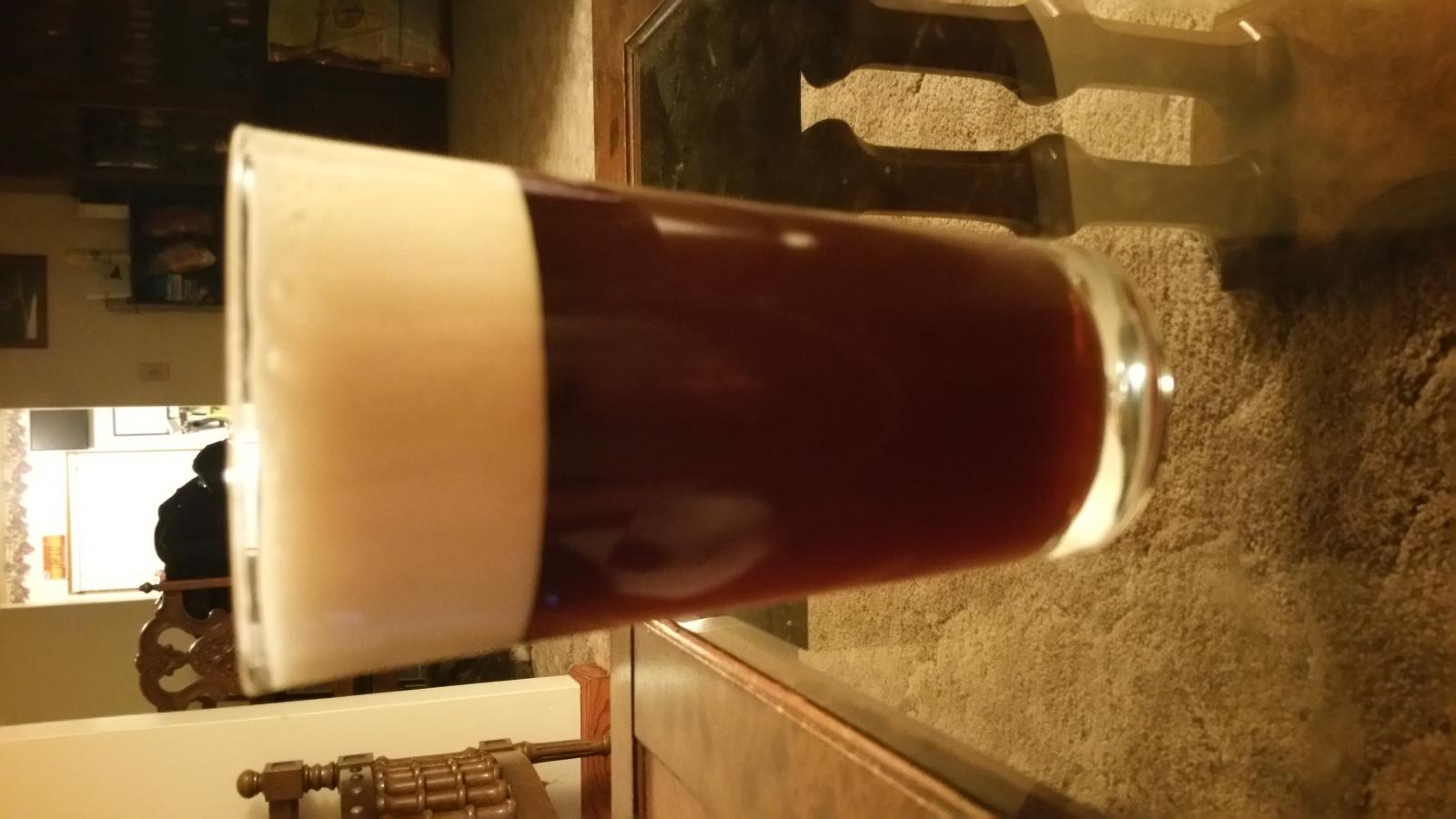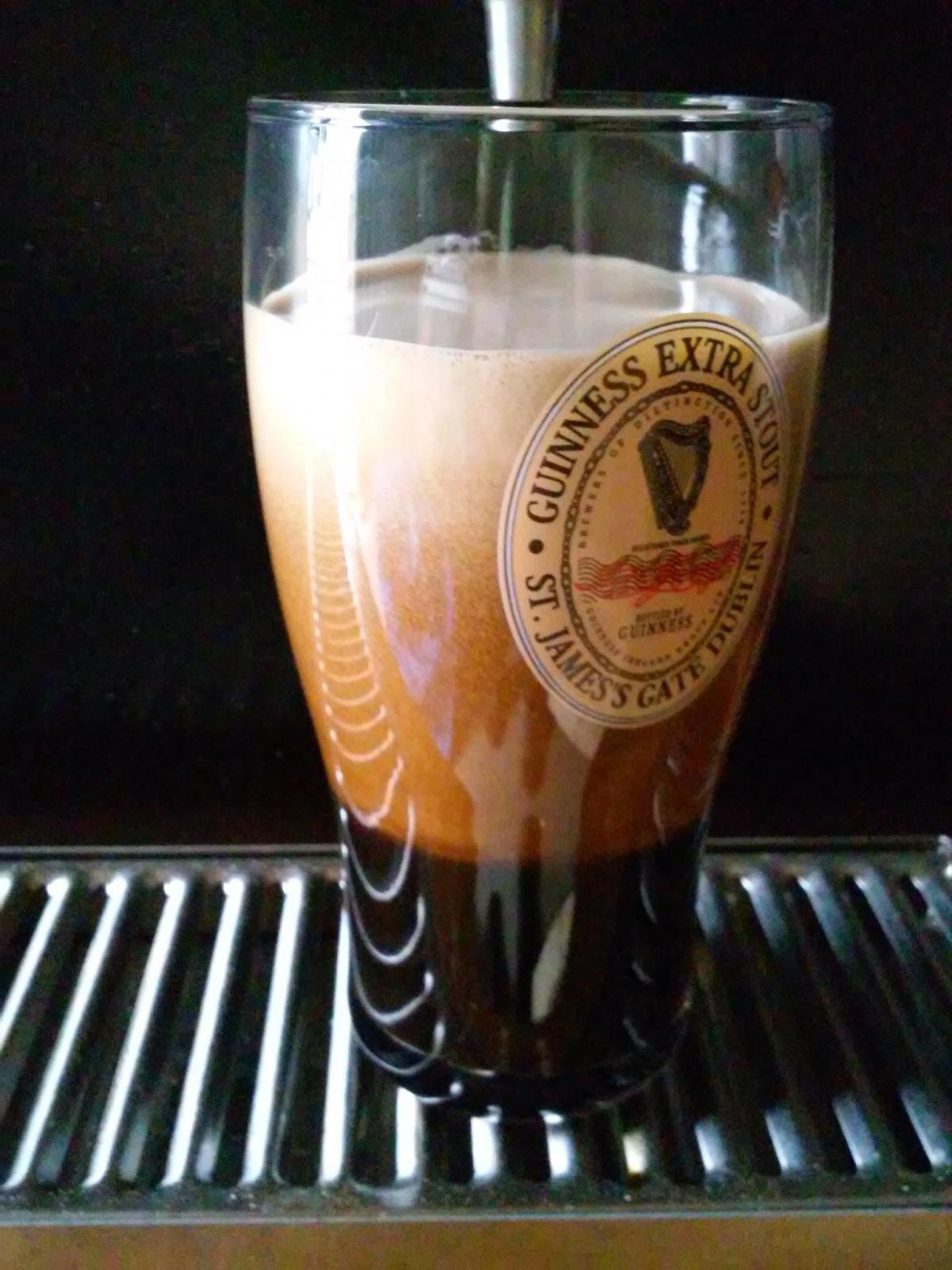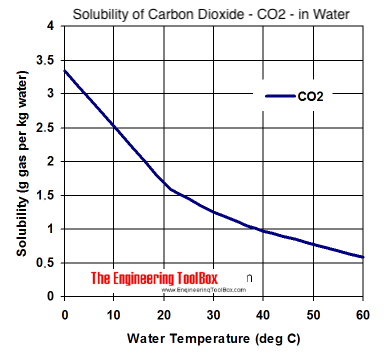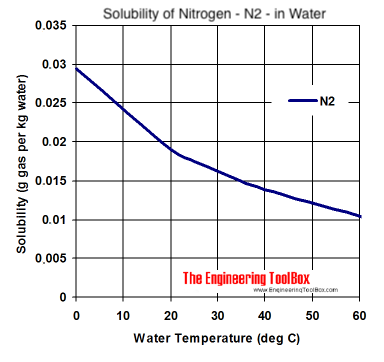Okay - empirical experiment. If I took a beer and transferred it to the stout faucet, it should get head characteristics and creamy mouthfeel that we expect from Nitro.
I used a medium bodied red. It has been on 10psi CO2.
I took a pour through my Perlick faucet under 10psi CO2. Then I took the bev line from the stout faucet and hooked that up. I first ran it through the stout faucet at 10psi, just because it was already set there. I then ran through the stout faucet at 30psi. I re-hooked the stout faucet up to the stout.
So, I have four pours. I sipped and handed to my wife who also sipped. We looked at the body of the head, the mouthfeel of the head, and the mouthfeel of the beer.
Red under regular faucet. It's a bit over-carb'd. It's the first pour of the day, but I figured this would give a comparable amount of foam so we could compare. Head dissipated in about 20 seconds.
Red under 10psi stout faucet. Note the bubbles are very similar in size (easiest to see if you look at the right of the glass). Head mouthfeel is little different from the Perlick pour. Mouthfeel of the beer is no different from the Perlick pour. Head dissipated in about 20 seconds.
Red under 30psi stout faucet. Note the bubbles look no different from the Perlick pour. Head mouthfeel is slightly creamier. Mouthfeel of the beer is slightly creamier, but flatter than the Perlick pour. Head dissipated in about 20 seconds.
Foreign Extra Stout under 30psi stout faucet (been on Nitro). very large amount of cascading action. Very very tiny bubbles which were extremely persistent. Head persisted for over 2 minutes (before my wife stole the glass and started drinking it). Mouthfeel of the foam was very creamy. Mouthfeel of the beer was also very creamy. NOTE - this is not a valid apples to apples comparison because my FES is not my Red. . . it is merely to show the reaction that we want from Nitro, and the claim was that the disk in the stout faucet was what created the effect.
I did no tampering with the evidence. This is what it is. I could, later, try the experiment again later with a RIS that is presently in secondary. However, at this point, it does not look, to me, like pushing a beer through a stout faucet and the sparkler plate does not have a significant effect on the beer.
Further experiment would be to take the RIS, pressurize it to 10psi with the Perlick. Then take it to 30psi on the sparkler. Then take it to 30psi on Nitro on the sparkler.
However, at this point, the evidence I have does not show any significant difference coming directly from the sparkler plate alone.
((edited to fix a typo))











